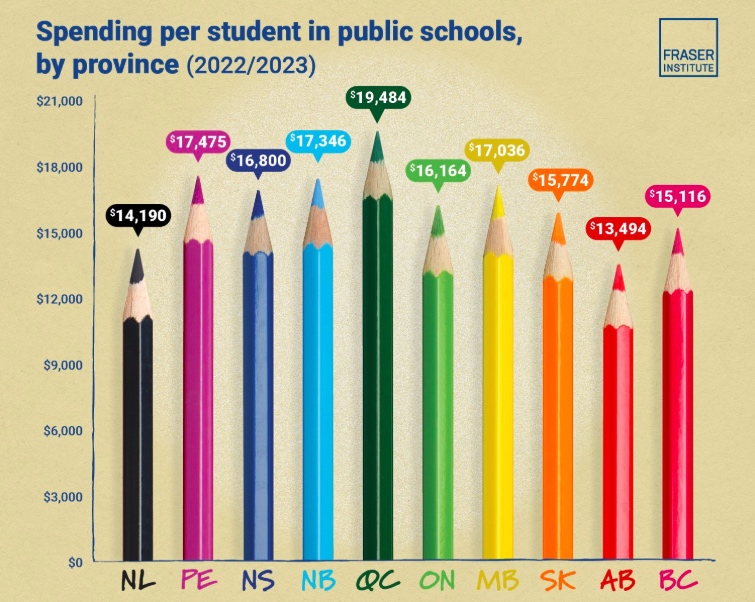Teachers reject province’s proposal; October 6 strike action looms
Alberta teachers have overwhelmingly rejected the Government of Alberta’s latest contract offer.
On Monday, September 29, nearly 90 per cent of the 51,000-strong Alberta Teachers Association (ATA) membership voted against the tentative memorandum of agreement (MOA) put forward by the union and the province’s bargaining committee.
“The proposed agreement failed to meet the needs of teachers, failed to improve student classroom conditions in a concrete and meaningful way, and failed to show teachers the respect they deserve,” ATA president Jason Schilling said in a statement Monday night.
More than 43,000 teachers cast online ballots between September 27 and 29. The government was offering a 12 percent wage increase over the four-year contract term. The recent MOA differed from a proposal in the spring, but only marginally.
Since 2012, Alberta teachers’ salaries have increased by roughly six percent. By comparison, according to Stats Can and the Pan-Canadian Education Indicators Program (PCEIP), in those same 13 years, teachers’ starting salaries in Québec, Ontario, and B.C. have risen by an order of between 30-60 percent.
Parks Canada employees, municipal government employees, CN conductors/engineers and the average Canadian worker have seen wage increases of 25 to 50 percent over the same 2012-2025 period, according to Public Service Alliance of Canada (PSAC). Inflation in Canada has risen about 33 percent in that time, according to Statistics Canada.
Alberta Finance Minister Nate Horner said he is disappointed that Alberta’s teachers have voted to reject the tentative agreement for a new four-year central agreement.
“The ATA’s rejected deal would have provided tremendous investments in classroom supports to help alleviate population growth and classroom complexity pressures,” Horner said in a statement.
Alberta has the lowest per-student operating funding in the country—about $11,464 per student versus approximately $13,692 nationally.

Teachers say that gap shows everywhere, and where it matters most: in complex classrooms with diverse needs. Fewer dollars per student means fewer educational assistants to support coded and English Language Learners, fewer psychologists and counsellors to manage behaviour and mental-health needs, and fewer specialists (music, art, shop, phys-ed) to keep students engaged.
“It also means less time and support for teachers to plan interventions and collaborate, and fewer basics like lab techs, learning materials, cultural programming, field trips, and even janitorial time,” said Jasper teacher Jo Nadeau.
Nadeau said underfunding makes already complex classrooms harder to teach well.
“Students in Alberta are being short-changed,” he said.
Teachers have said they will strike on October 6 if a deal can’t be reached.
Leader of Alberta’s Official Opposition, Naheed Nenshi, said the looming strike was entirely avoidable. Visiting Jasper with his NDP caucus for their annual retreat, Nenshi said the government has had months to make a better offer than the one the ATA rejected in the spring.

“They didn’t because they don’t care about public education, about teachers, or about education assistance. Certainly they don’t care about parents and students,” Nenshi said.
Alberta Premier Danielle Smith has said that the province’s tight budget means the union has a choice between heftier pay hikes and more teachers.
“We know that with the tight budget that we have, any additional dollars for salaries end up taking away from our ability to hire more teachers,” Smith said on September 11 in Edmonton.
Nenshi said for Smith to claim poverty is an insult to teachers and Albertans.
“The cupboards are bare because the premier has made them bare,” he said. “She’s increased spending in two years by more than [former NDP premier] Rachel Notley increased it in four years, but she’s not spending money on things that matter like public education and health.”
Bob Covey // bob@thejasperlocal.com


